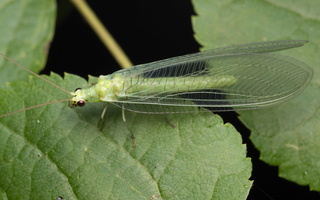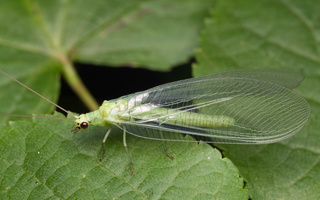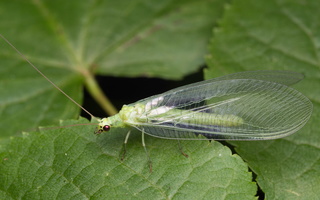- sort orderDefault
Photo title, A → Z
Photo title, Z → A
✔ Date created, new → old
Date created, old → new
Date posted, new → old
Date posted, old → new
Visits, high → low
Random - Google Map
- map
 home / Insecta · vabzdžiai / Neuroptera · tinklasparniai / Chrysopidae · auksaakės / Chrysopa pallens s.l. · auksaakė
home / Insecta · vabzdžiai / Neuroptera · tinklasparniai / Chrysopidae · auksaakės / Chrysopa pallens s.l. · auksaakė

Chrysopa pallens s.l. · auksaakė
- pisamaharsokorento
- Chrysope des haies, Chrysope pâle
- gevlekte gaasvlieg
- sjuflekkgullauge, sjuflekkgulløye
- persee.fr/doc/bsef_0037-928x_2017_num_122_1_3178
- jungledragon.com/specie/16384/chrysopa_pallens.html
- gbif.org/species/2106057
Both adults and larvae of Chrysopa pallens are predators. The larvae of C. pallens feed for 2–3 weeks before pupation. The pupal stage lasts for about 10 days and then emergence take place.
Chrysopa pallens is common and ubiquitous, occurring widely in the whole temperate Palaearctic ecozone. It extends in longitude from the Iberian Peninsula, even the Canary Islands where it was probably introduced by human agricultural activity, to far-eastern Asia: China, Korea and Japan; latitudinally, from the Scandinavian countries to North-Africa (Morocco, Tunisia), Israel, Iran and Cambodia. It seems associated to deciduous trees and may also been found into the shrub strate in the field and in gardens and orchards. It is multivoltine everywhere, regulated by photoperiod. Adults own scent glands which make the species a stinking lacewing. The egg laying is of the grouped type (batches).
The complex of the sibling species of the green lacewing Chrysopa pallens (Rambur, 1838) sensu lato includes about twelve species described between 1838 and the end of the XIXth century. Inter-population variation is sometimes rather high. This is a cause of the confusion within the species complex. The two species Chrysopa pallens and C. gibeauxi were considered a single species since their synonymy asserted. However, the later was re-instated as a valid taxon by Tillier et al. (2014).


